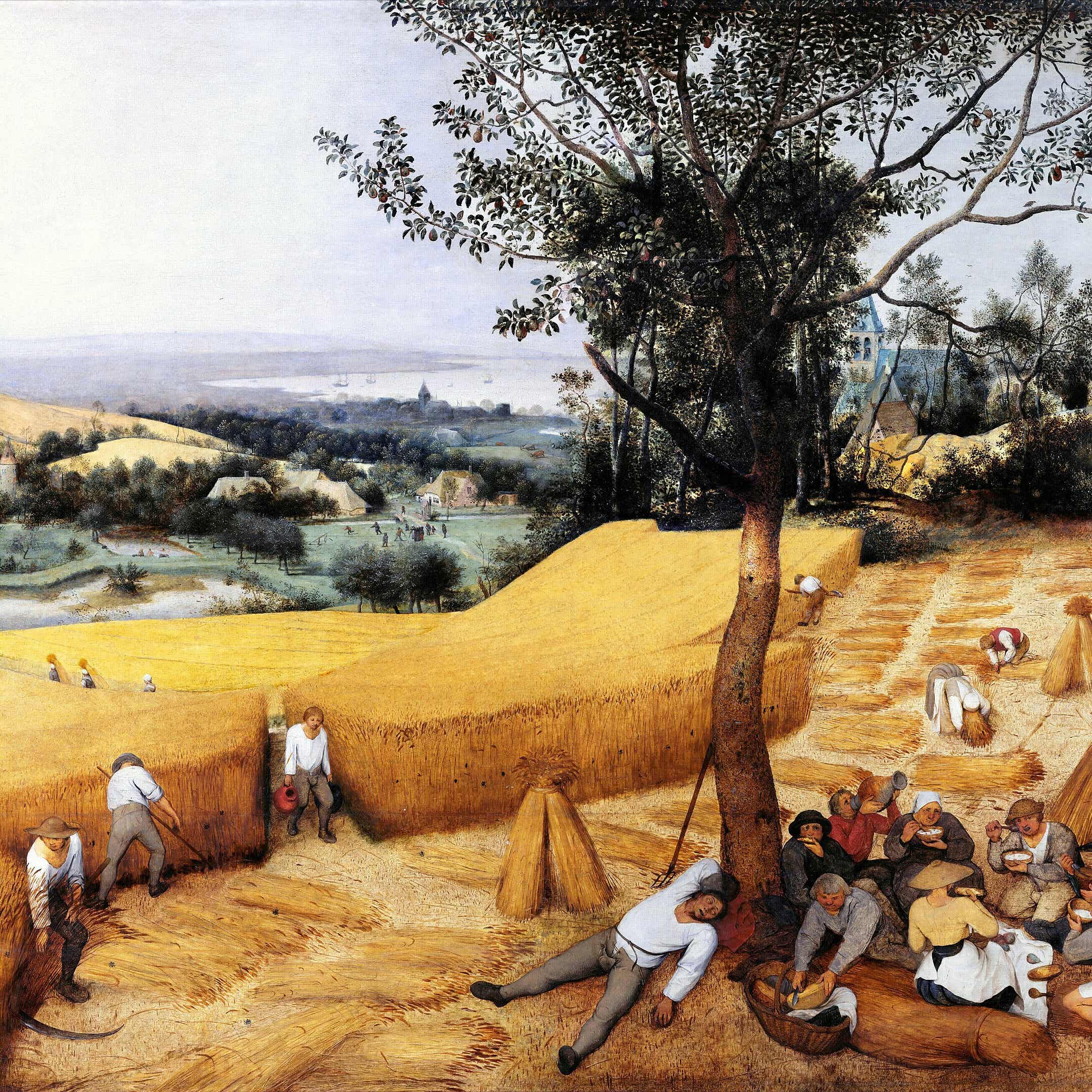Taking Stock of Our Technological Liturgies
Description
Welcome to the Convivial Society, a newsletter about technology and culture. In this installment, I explore a somewhat eccentric frame by which to consider how we relate to our technologies, particularly those we hold close to our bodies. You’ll have to bear through a few paragraphs setting up that frame, but I hope you find it to be a useful exercise. And I welcome your comments below. Ordinarily only paid subscribers can leave comments, but this time around I’m leaving the comments open for all readers. Feel free to chime in. I will say, though, that I may not be able to respond directly to each one. Cheers!
Pardon what to some of you will seem like a rather arcane opening to this installment. We’ll be back on more familiar ground soon enough, but I will start us off with a few observations about liturgical practices in religious traditions.
A liturgy, incidentally, is a formal and relatively stable set of rites, rituals, and forms that order the public worship of a religious community. There are, for example, many ways to distinguish among the varieties of Christianity in the United States (or globally, for that matter). One might distinguish by region, by doctrine, by ecclesial structure, by the socioeconomic status its members, etc. But one might also place the various strands of the tradition along a liturgical spectrum, a spectrum whose poles are sometimes labeled low church and high church.
High church congregations, generally speaking, are characterized by their adherence to formal patterns and rituals. At high church services you would be more likely to observe ritual gestures, such as kneeling, bowing, or crossing oneself as well as ritual speech, such as set prayers, invocations, and responses. High church congregations are also more likely to observe a traditional church calendar and employ traditional vestments and ornamentation. Rituals and formalities of this sort would be mostly absent in low church congregations, which tend to place a higher premium on informality, emotion, and spontaneity of expression. I am painting with a broad brush, but it will serve well enough to set up the point I’m driving at.
But one more thing before we get there. What strikes me about certain low church communities is that they sometimes imagine themselves to have no liturgy at all. In some cases, they might even be overtly hostile to the very idea of a liturgy. This is interesting to me because, in practice, it is not that they have no liturgy at all as they imagine—they simply end up with an unacknowledged liturgy of a different sort. Their services also feature predictable patterns and rhythms, as well as common cadences and formulations, even if they are not formally expressed or delineated and although they differ from the patterns and rhythms of high church congregations. It’s not that you get no church calendar, for example, it’s that you end up trading the old ecclesial calendar of holy days and seasons, such as Advent, Epiphany, and Lent, for a more contemporary calendar of national and sentimental holidays, which is to say those that have been most thoroughly commercialized.
Now that you’ve borne with this eccentric opening, let me get us to what I hope will be the payoff. In the ecclesial context, this matters because the regular patterns and rhythms of worship, whether recognized as a liturgy or not, are at least as formative (if not more so) as the overt messages presented in a homily, sermon, or lesson, which is where most people assume the real action is. This is so because, as you may have heard it said, the medium is the message. In this case, I take the relevant media to be the embodied ritual forms, the habitual practices, and the material layers of the service of worship. These liturgical forms, acknowledged or unacknowledged, exert a powerful formative influence over time as they write themselves not only upon the mind of the worshipper but upon their bodies and, some might say,
More Episodes
Hello all,
The audio version keep coming. Here you have the audio for Secularization Comes for the Religion of Technology.
Below you’ll find a couple of paintings that I cite in the essay.
Thanks for listening. Hope you enjoy it.
Cheers,
Michael
Get full access to The Convivial Society at...
Published 03/08/24
Published 03/08/24
I continue to catch up on supplying audio versions of past essays. Here you have the audio for “Vision Con,” an essay about Apple’s mixed reality headset originally published in early February.
The aim is to get caught up and then post the audio version either the same day as or very shortly...
Published 03/06/24


